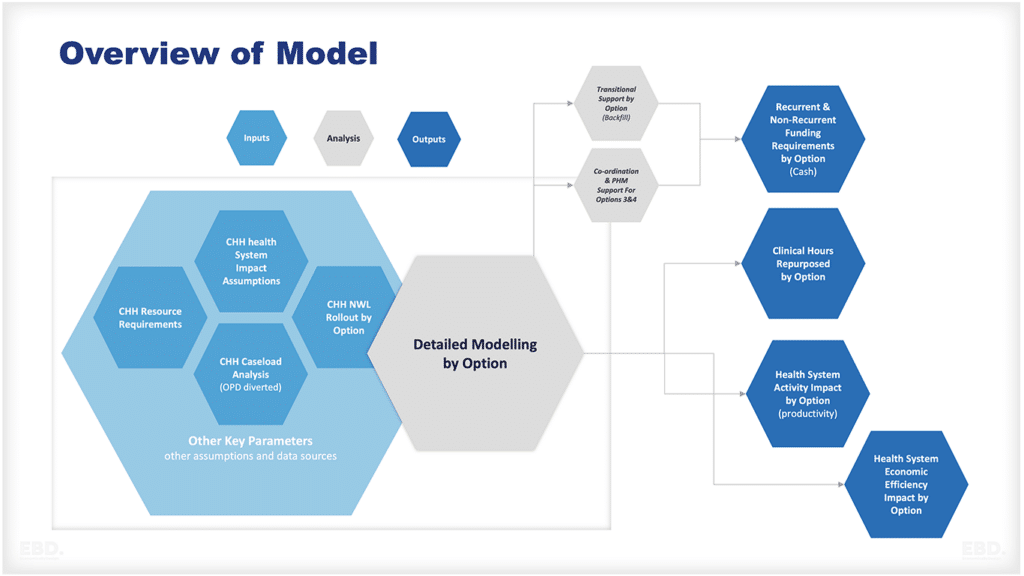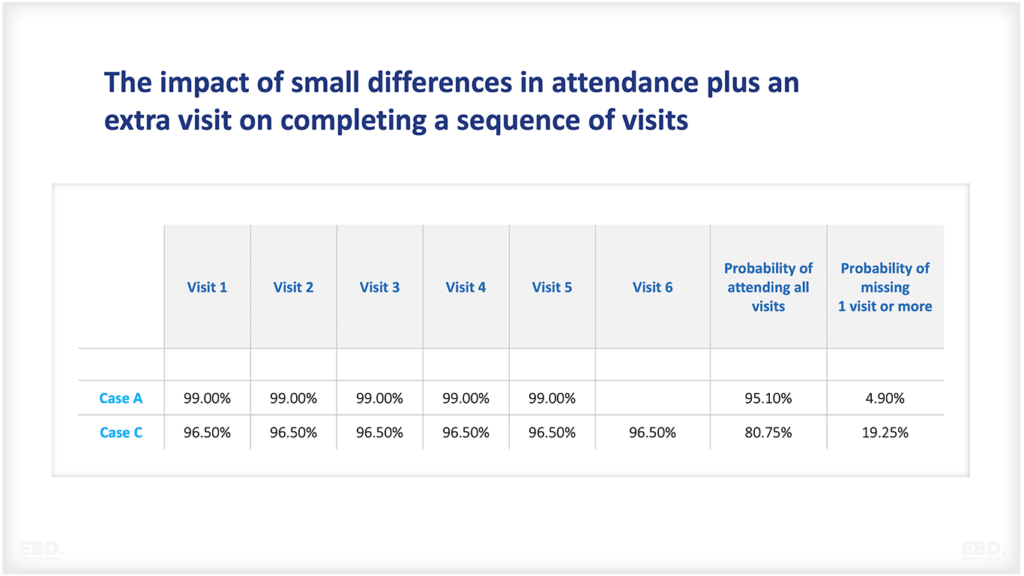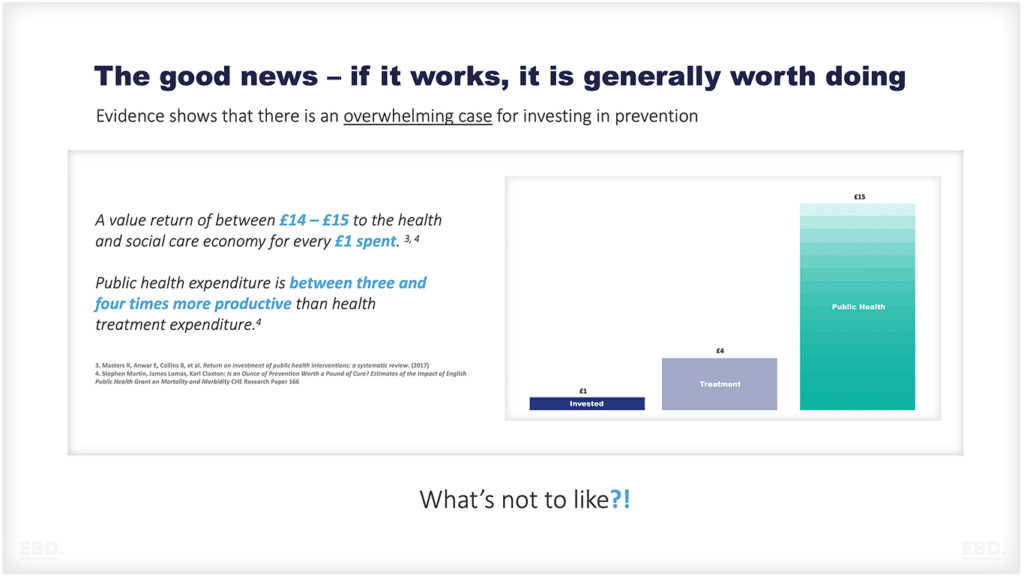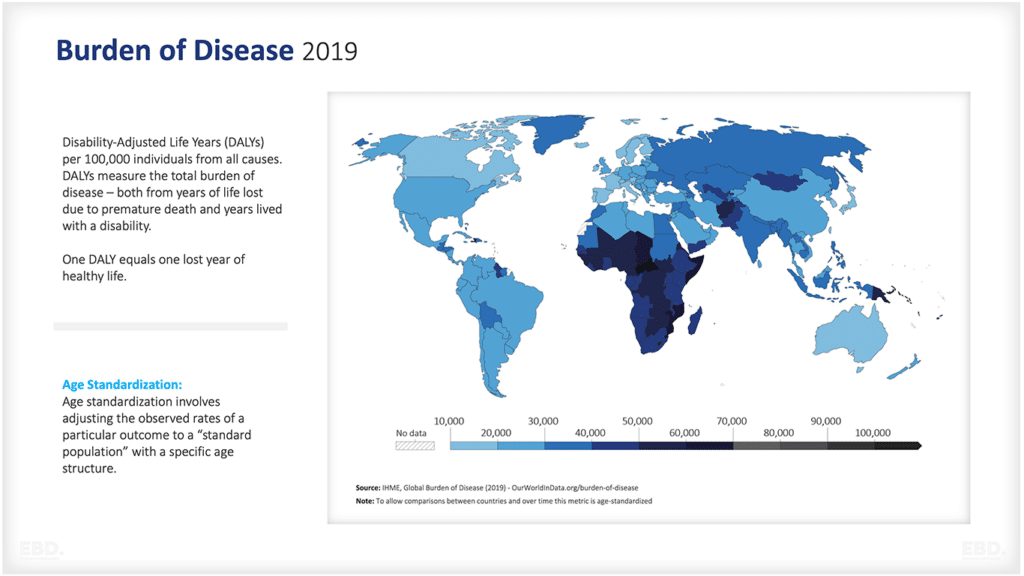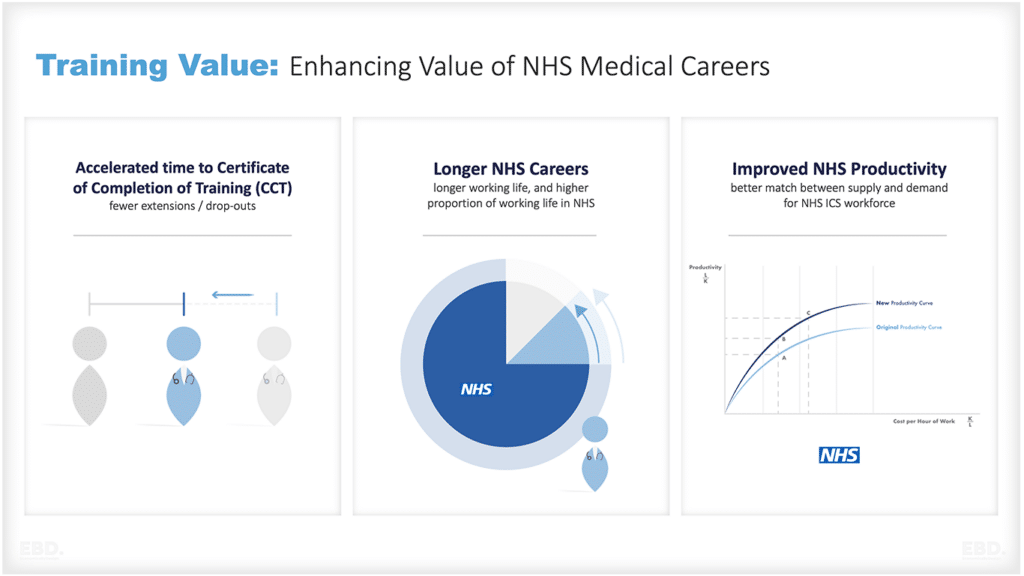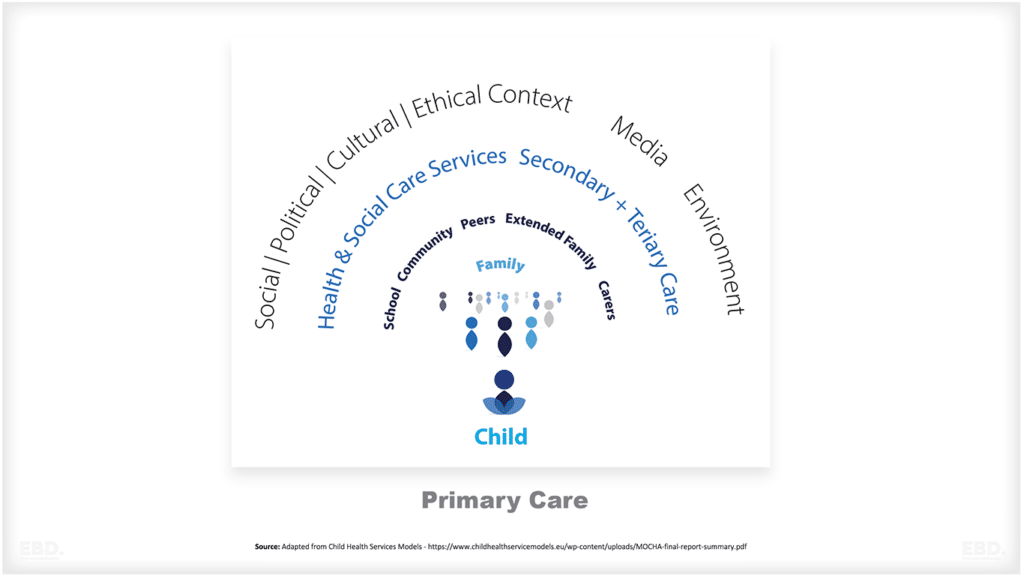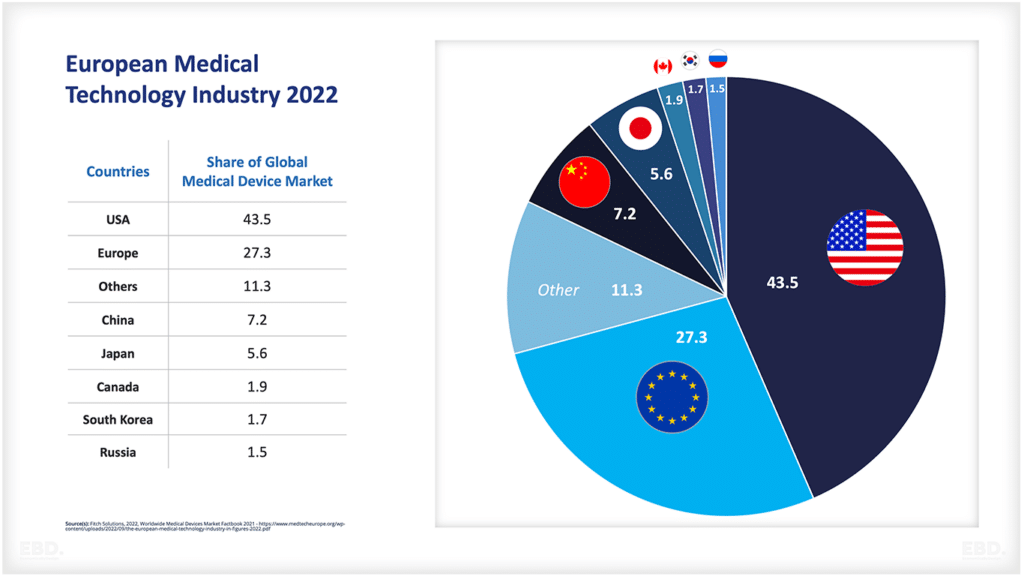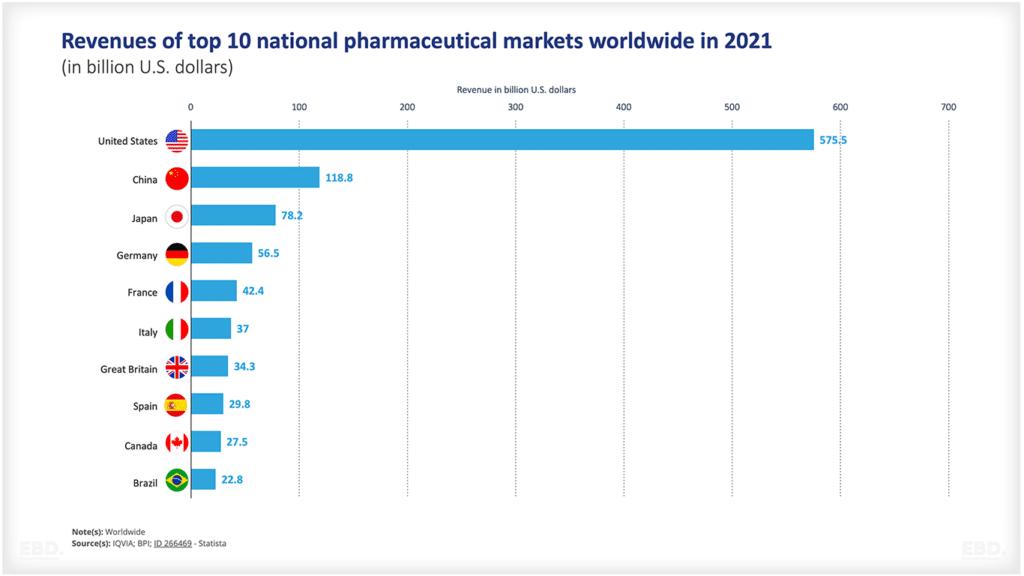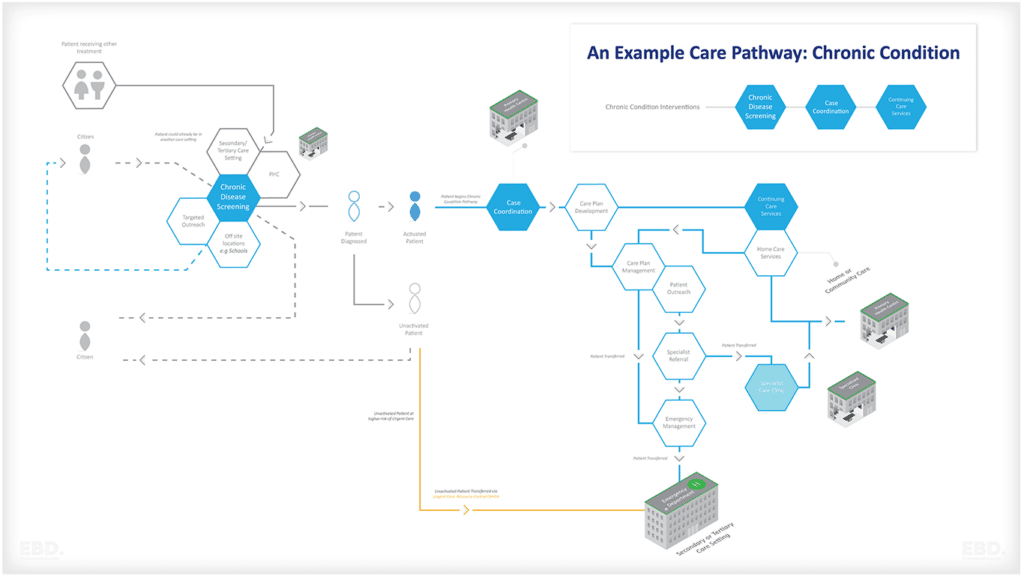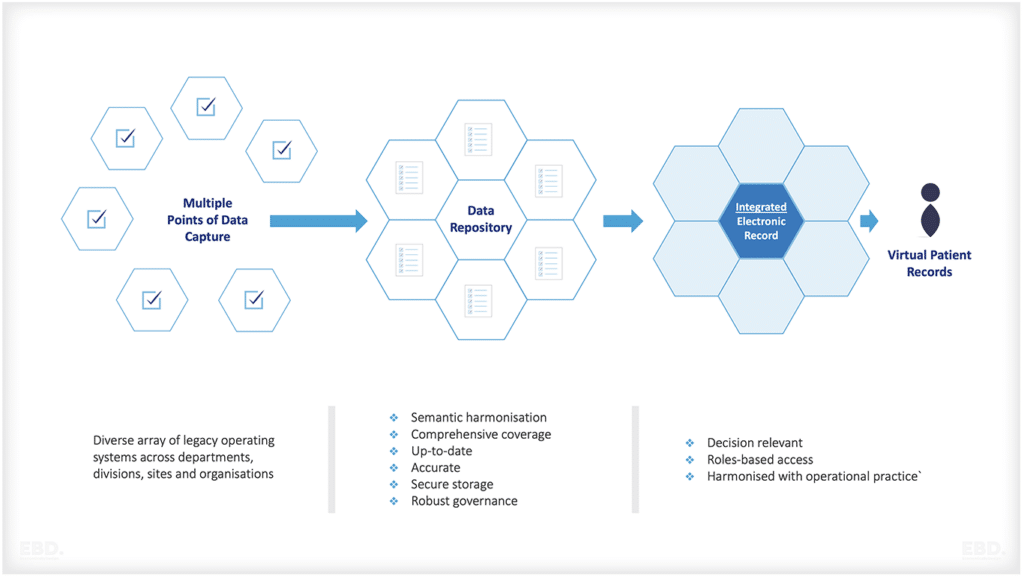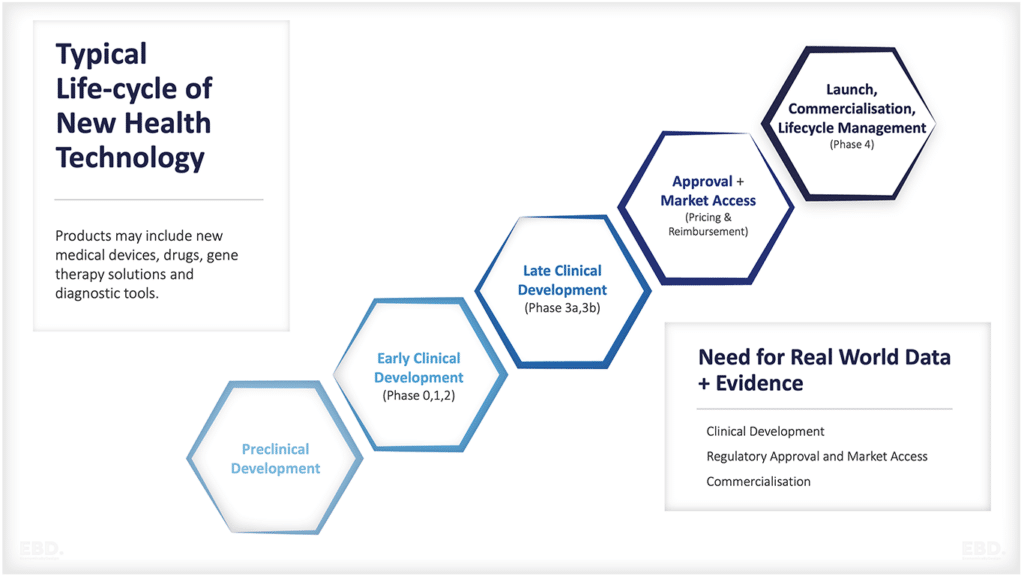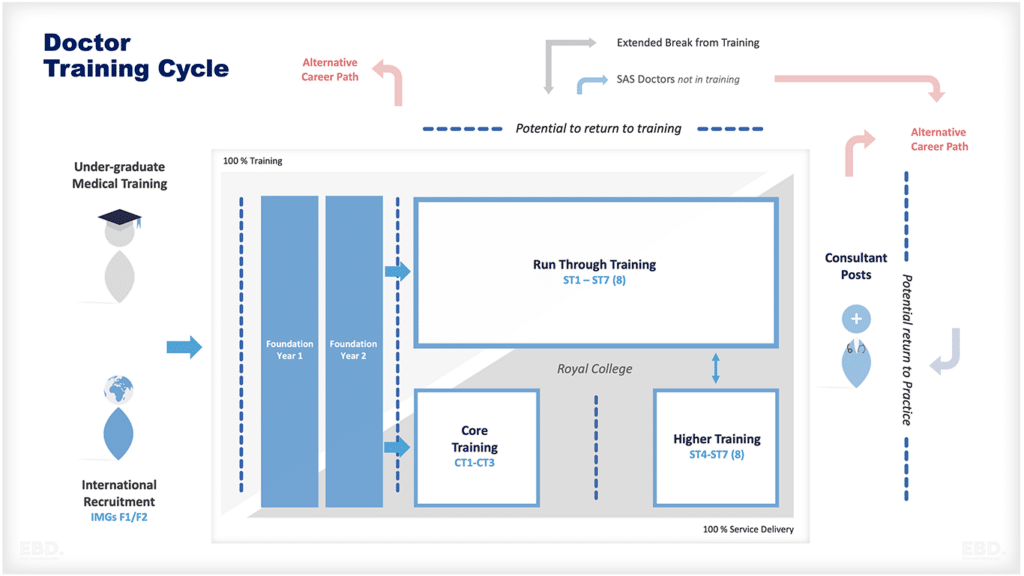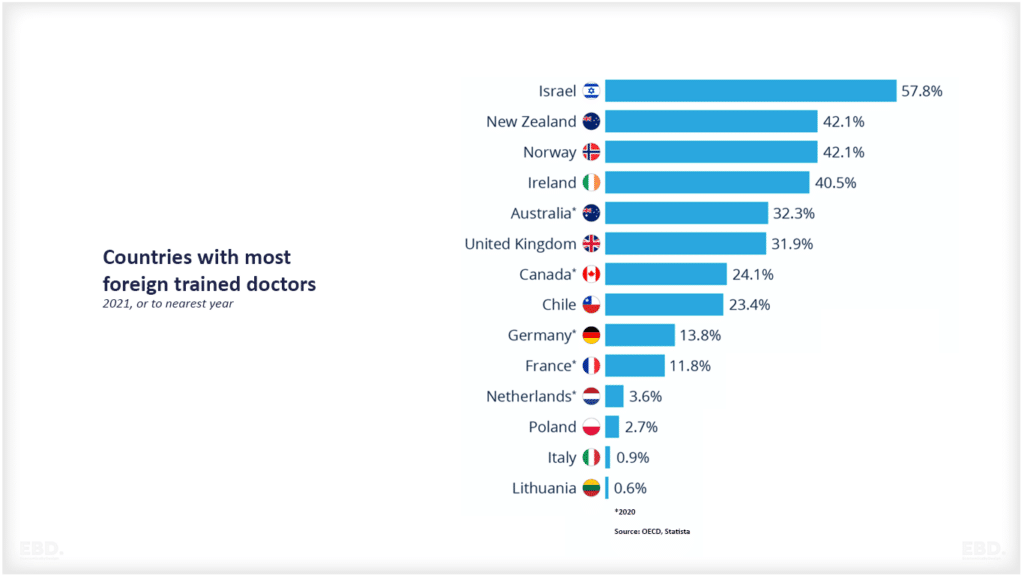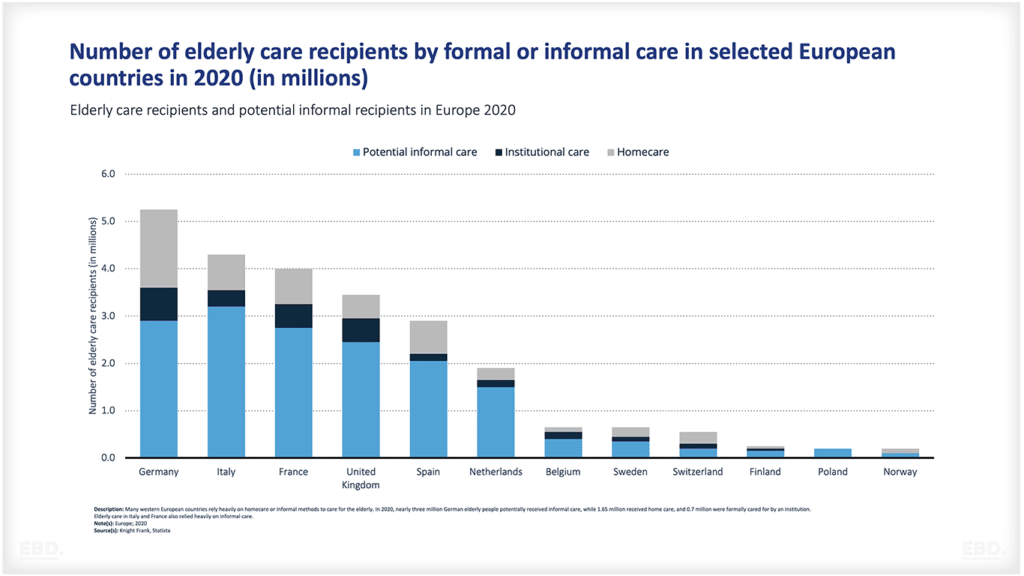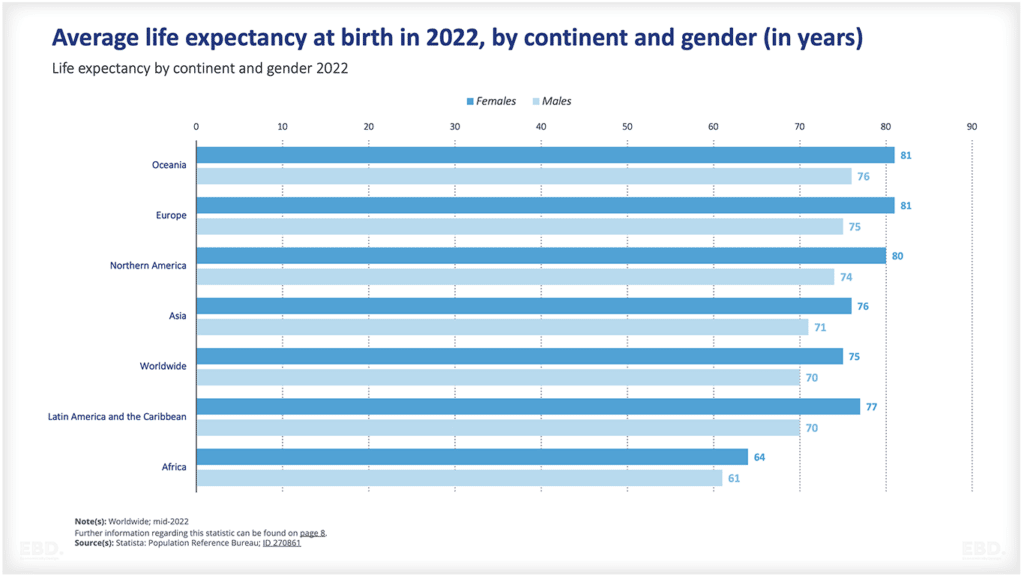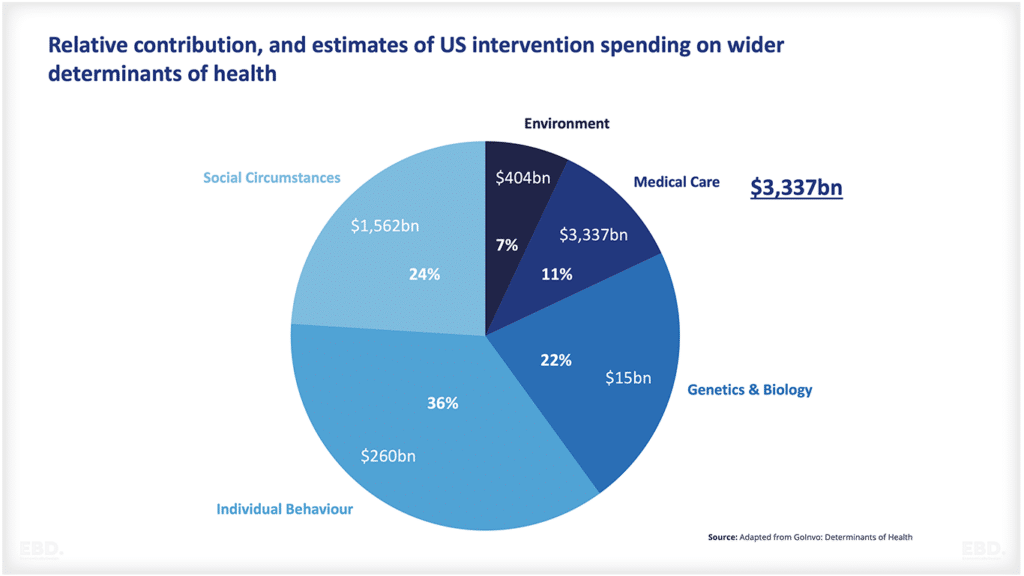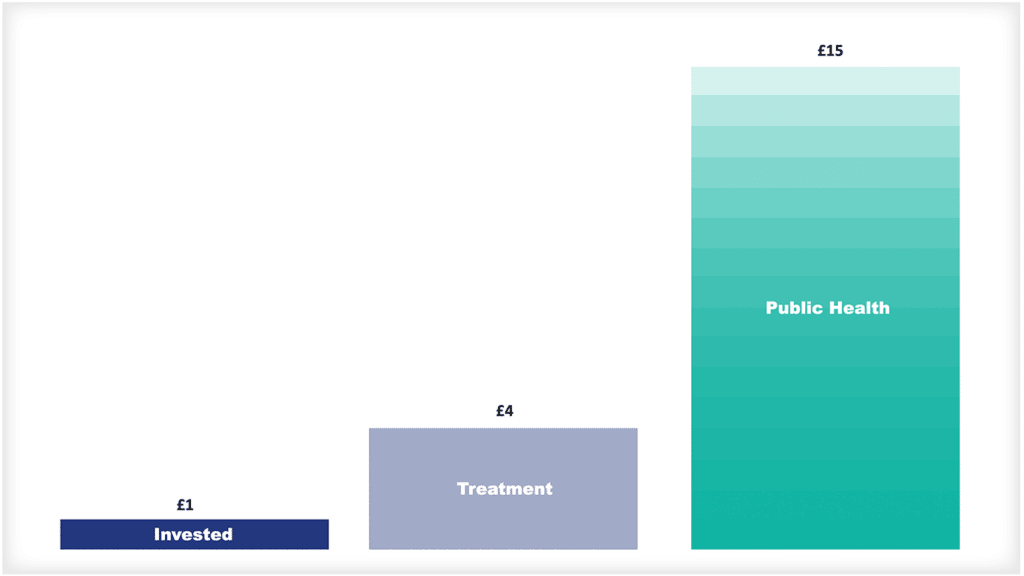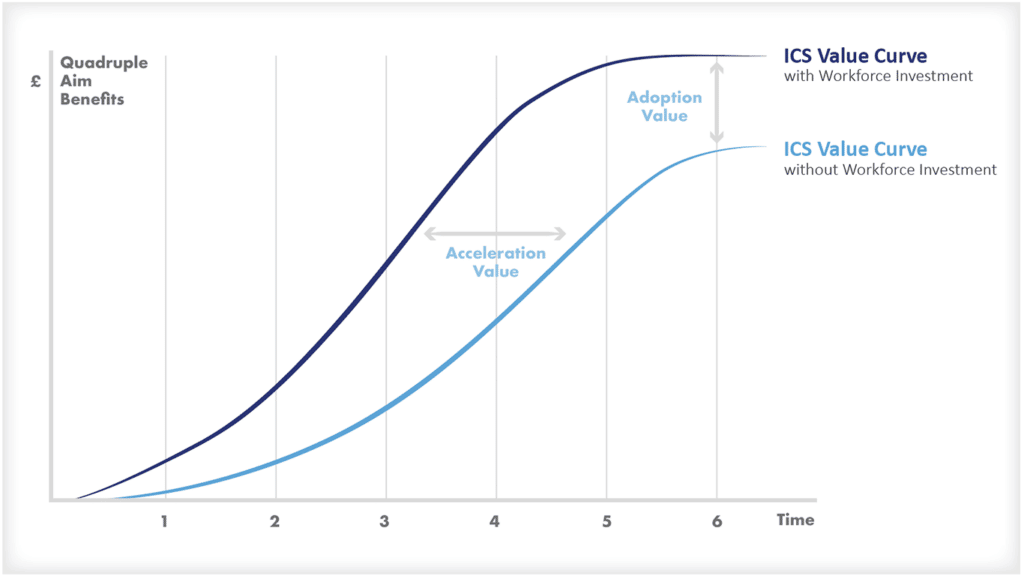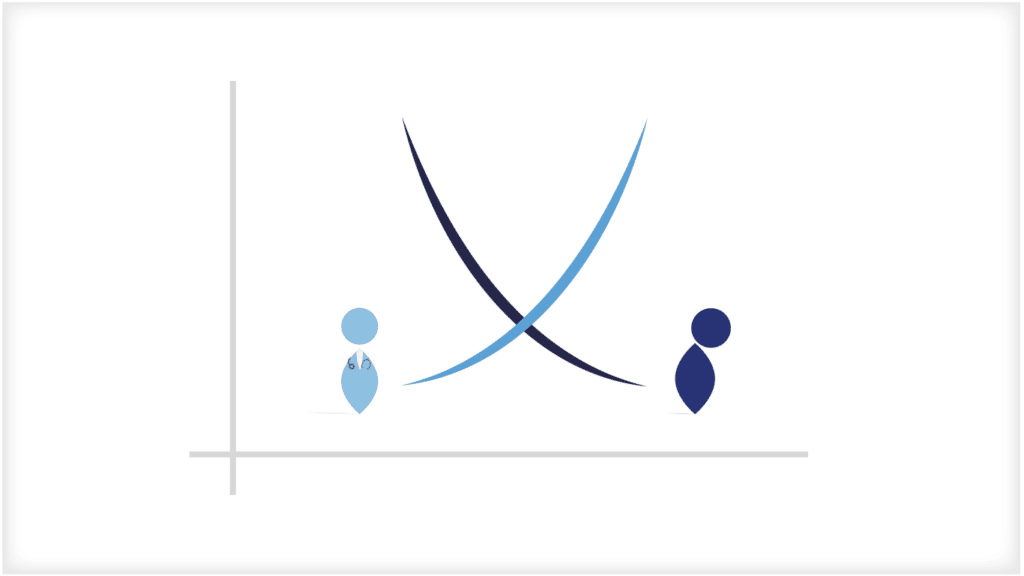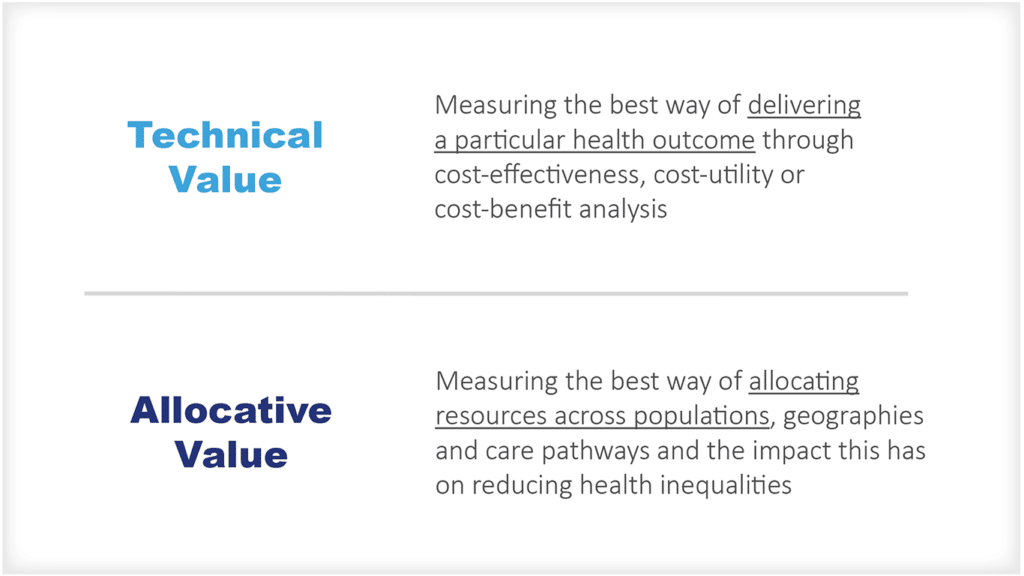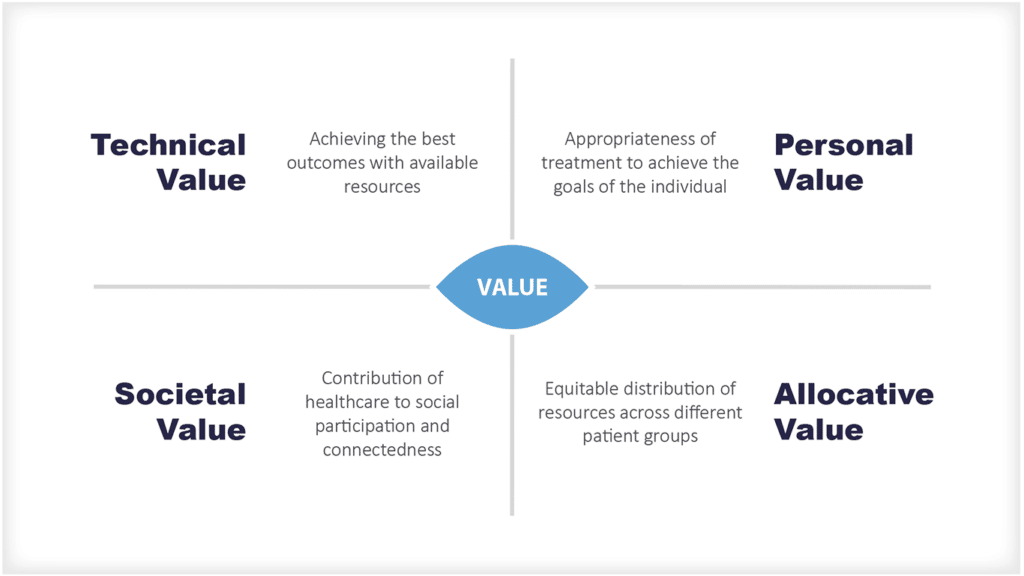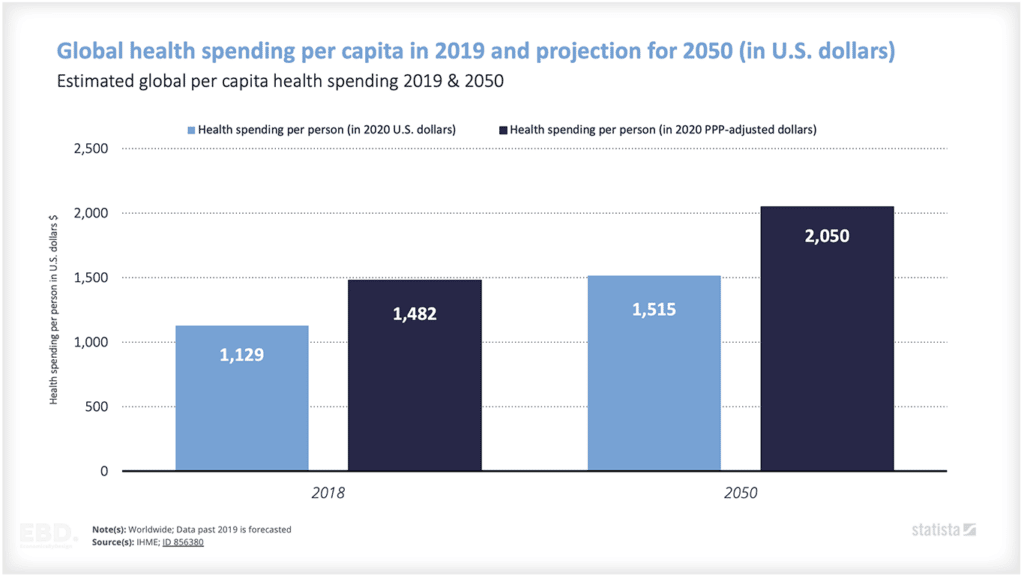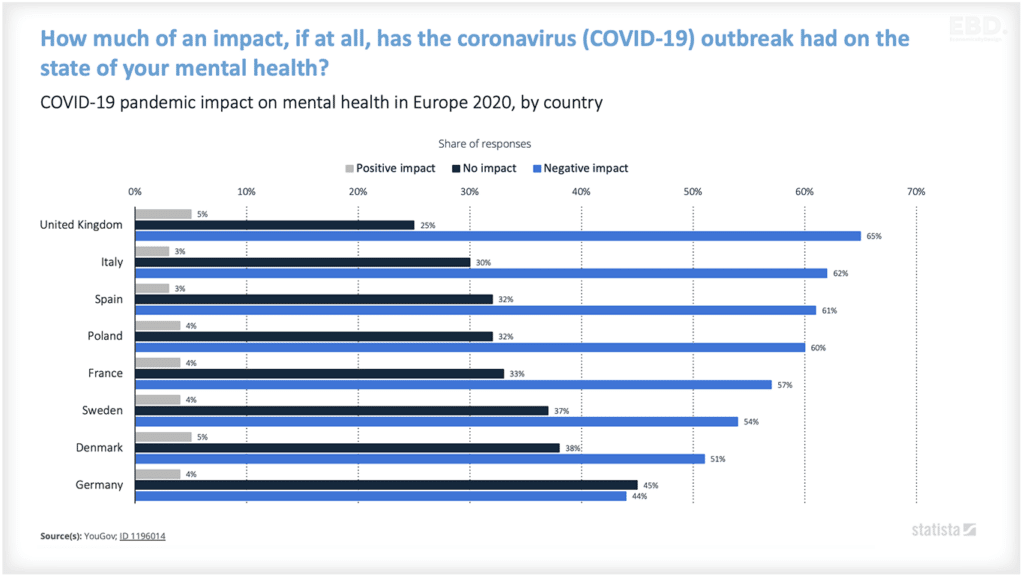What Is A Stakeholder In Healthcare?
Stakeholders are individuals or groups who have an interest in a sector, such as the health system. They can influence decisions, shape policy and create an environment that best serves the needs of those involved in the sector.
In this economic lens we provide a summary of 12 different types of stakeholders who have a key interest in health care. Their relationships, with one another, are highly complex; healthcare is often described as a complex adaptive system. Decisions rarely need to involve all stakeholder types and effective stakeholder engagement activities need to be well-targeted.
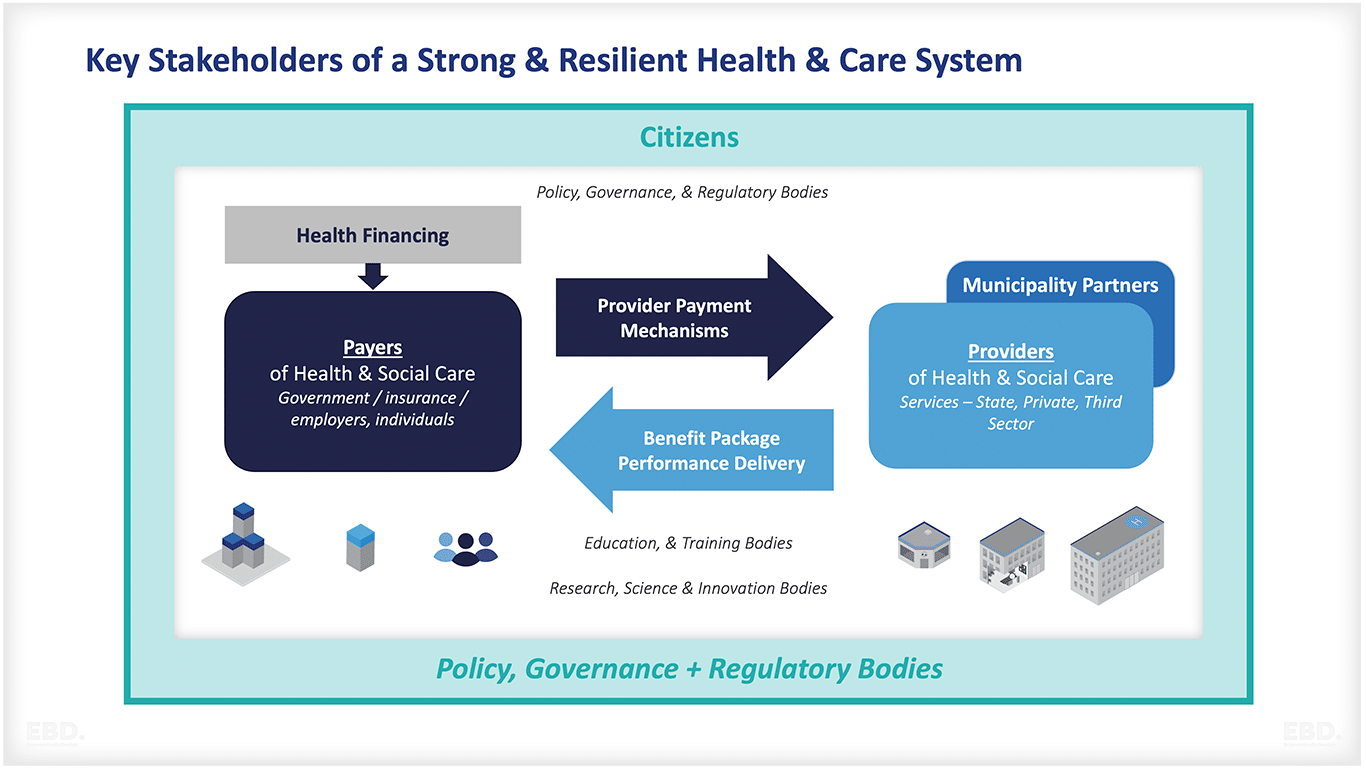
Many different types of people and organisations could be considered stakeholders in healthcare.
Here are 12 types of stakeholders who have an impact on the value we derive from the sector.
Customers
Customers are individuals and their families, often referred to as the general public or, when receiving health services, as service users or patients. These also include organisations that represent particular groups of patients or individuals and who campaign on their behalf.
Examples of groups that represent patients include:
Patients Like Me is a digital platform directed at patients to provide peer support, health insights, and patient literacy.
Patient Voices “uses reflective digital storytelling to unearth first-person stories that deliver compelling and motivating insight and drive organisational change, growth and success”.
The Patients Association works with patients directly to enable campaigning for improvements in health and social care for patients in the UK.
Often organisations with particular responsibility for quality and safety have established partnerships with patient representative groups. An example of this is the European Medicines Agency, which works with over 35 patient representative groups covering different conditions across European member states.
Funders
These are people who pay for healthcare, be they taxpayers, employers, or individuals paying health insurance premiums.
Providers – Health Professional Workforce
Health and care professionals who deliver prevention, treatment and care services. These are often referred to as healthcare providers. There are over 350 different professional careers in health alone.
Examples of different types of health professionals include:
- doctors
- nurses
- physiotherapists
- occupational therapist
- paramedics
- radiographers
- health scientists
- care assistants
- physiologists
Provider organisations
These are organisations that oversee the management and operations of healthcare delivery systems and who employ health and care professionals, or who provide complementary services and care to populations or groups.
An overview of provider organisations is provided here.
Payers or commissioners of health services
Payers include Insurance companies and government bodies responsible for buying health services and people who are paying for services directly “out of pocket”.
Examples of insurance companies include
UnitedHealth Group (U.S.) $201.48bn
Ping An Insurance (Group) Co of China (China) $118.75bn
China Life Insurance (Group) (China) $111.16bn
Centene Corporation (U.S.) $107.37bn
Anthem, Inc. (U.S.) $105.73bn
Kaiser FoundationGroup of Health Plans (U.S.) $102.93bn
Further information about health financing can be found here.
Regulators – Governance of Health services
These are organisations that accredit, license, and assure that other health system stakeholders are well-regulated and/or governed. Regulators and governance bodies can cover individual professional groups, providers of care, payers for care, innovators and research bodies. The World Health Organisation oversees the international health regulations (IHR) which the 196 signatory countries abide by.
Examples of country regulators include:
General Medical Council oversees the registration and standards for doctors and doctors in training in the UK
Indian Nursing Council oversees nurses and nurse education in India.
Australian Commission on Safety and Quality in Healthcare (ACSQHC) works with stakeholders to protect safety and quality across the health system.
Agency for Healthcare Research And Quality is responsible for improving the safety and quality of healthcare in the USA.
Suppliers
These include the life science industry of researchers, developers and suppliers of drugs, digital health, medical devices, medical equipment and treatment methods, and suppliers of health service infrastructure, equipment, digital technologies, and data management technologies. Often these have industry representative bodies.
Examples of these include:
International Federation of Pharmaceutical Manufacturers and Associated (IFPMA) This represents innovating pharmaceutical companies at the international level and in particular with the United Nations.
Association of British HealthTech Industries (ABHI) is the representative body for the health technology community in the UK.
Association of Medical Research Charities (AMRC) is a membership organisation for medical research charities in the UK.
Association of Biotechnology Led Enterprises (ABLE) is a forum that represents the Indian Biotechnology Sector.
Researchers and innovators
These are individuals and organisations who fund or conduct research in population health, and health system innovation and improvement. Some of these work independently and some work collaboratively.
Examples include:
Wellcome is a global charitable foundation that funds science to solve health issues and in particular health issues arising from climate change, infectious diseases and mental health.
German Centres for Health Research is a long-term, equal partnership of researchers, universities and university hospitals.
National Institutes of Health supports and conducts research targeted at increasing health, lengthening life and reducing illness and disability in the USA.
Educators
These are organisations and individuals who teach, train and develop health and care professionals. Educators include higher education institutions, medical schools, schools of nursing and other accredited training providers.
According to Study Portals, the top 10 Medical Schools in the USA are:
- Harvard University
- Johns Hopkins University
- University of California – San Francisco
- Stanford University
- University of Washington
- University of Pennsylvania
- Duke University
- Columbia University
- University of California – Los Angeles (UCLA)
- University of Michigan – Ann Arbor
Examples of other well-known medical schools internationally include:
- University of Oxford (UK)
- University of Toronto (Canada)
- Karolinska (Sweden)
Agencies responsible for multi-sectoral policies
These are organisations and agencies whose activities have an impact on health, such as local authorities, or municipalities, transport, environment, water, energy etc. Read more about the wider determinants of health and which agencies might be involved here.
Policy
These are the organisations and individuals that design and implement health system policies and strategies. Normally health policy is developed by the government ministry or ministerial department with responsibility for health at a national, federal, state or regional level. Health policy will be influenced by the political system in place, and to a greater or lesser extent will be enshrined in legislation.
Communications
This includes organisational communications and the media and communications industry. This can include the general non-specialist media, and specialist health media and communications outlets. For a directory of influential specialist health media outlets, Openmd.com is a useful reference.
Each of these groups has a different set of needs and interests when it comes to the healthcare system. For example, patients and their families are primarily concerned with getting access to quality care, while healthcare provider organisations may be more interested in quality care delivery and managing costs. It’s important to understand the needs and interests of the different stakeholders in the healthcare system, as they can all play a role in shaping the direction of the system.
Stakeholder Engagement In Healthcare?
Health care accounts for around 10% of global economic activity as measured by gross domestic product. It is a large and very complex sector. It can be difficult for any one stakeholder to see the whole picture and how the parts interconnect. This means it can be challenging for individuals and organisations to understand how the stakeholders relate, from one to another. It can also be difficult for stakeholders to navigate the system and maximize value from the role they play.
Some have described health care as a “complex adaptive system”. This means that its behaviour is determined by the interactions and relationships between parts, rather than being driven solely by a single entity or leader. Complex adaptive systems are successful when they are governed and managed strategically, with all stakeholders working together to bring about desired outcomes.
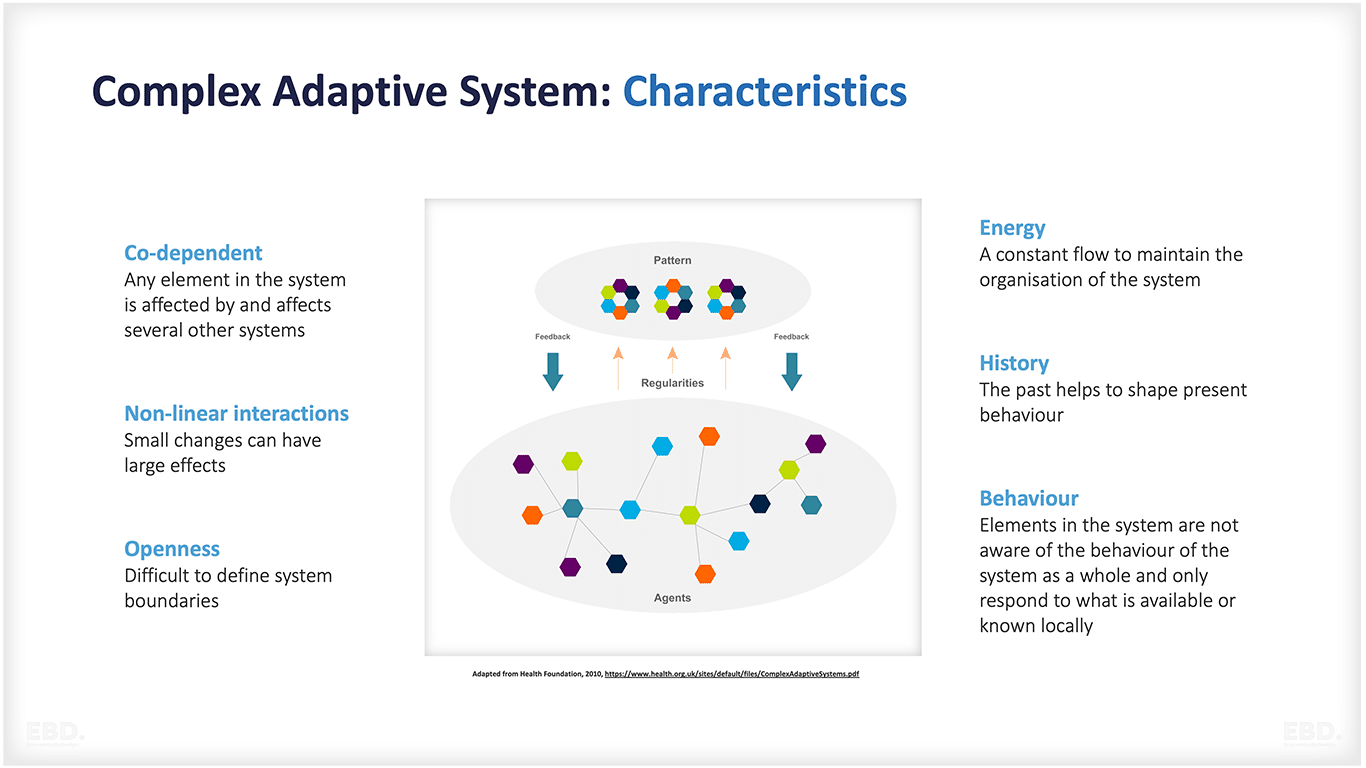
Stakeholder engagement is essential when:
- Informing decisions and services through dialogue, negotiation or consultation
- Developing relationships and trust between stakeholders
- Increasing collaboration and understanding
- Managing conflict and differences of opinion
- Raising awareness of relevant issues
- Sharing information to aid understanding
Given the complexity of the healthcare system, the more carefully it is managed and targeted, the more positive the results.
How Should Stakeholder Engagement Be Managed?
Stakeholder management is the process of effectively engaging with stakeholders in a system, to ensure that their needs and interests are addressed. This could include consultation and communication about decisions, strategies and changes that affect them. It is important to manage stakeholder relationships effectively, to ensure that trust, collaboration and value are maximised.
Stakeholder mapping is the process of mapping out all the stakeholders in a system, to better understand their individual roles. This provides a visual representation of how the relationships between stakeholders interact and influence each other. It can be used to identify areas where different stakeholders need to work together, or where conflicts may arise. It can also help identify opportunities for collaboration and efficiencies, or areas of potential improvement.
In healthcare, decision-makers often use a technique called stakeholder mapping to help guide stakeholder engagement strategies. There are many tools and guides available and some references are provided at the end of this article.
The main steps involve:
Step 1: Identifying the key stakeholders who have an interest in the decision being taken either because they are influential to the decision, will be impacted by the decision, and/or be involved in the work required to inform or implement the decision.
Step 2: mapping these stakeholders on an influence and interest grid.
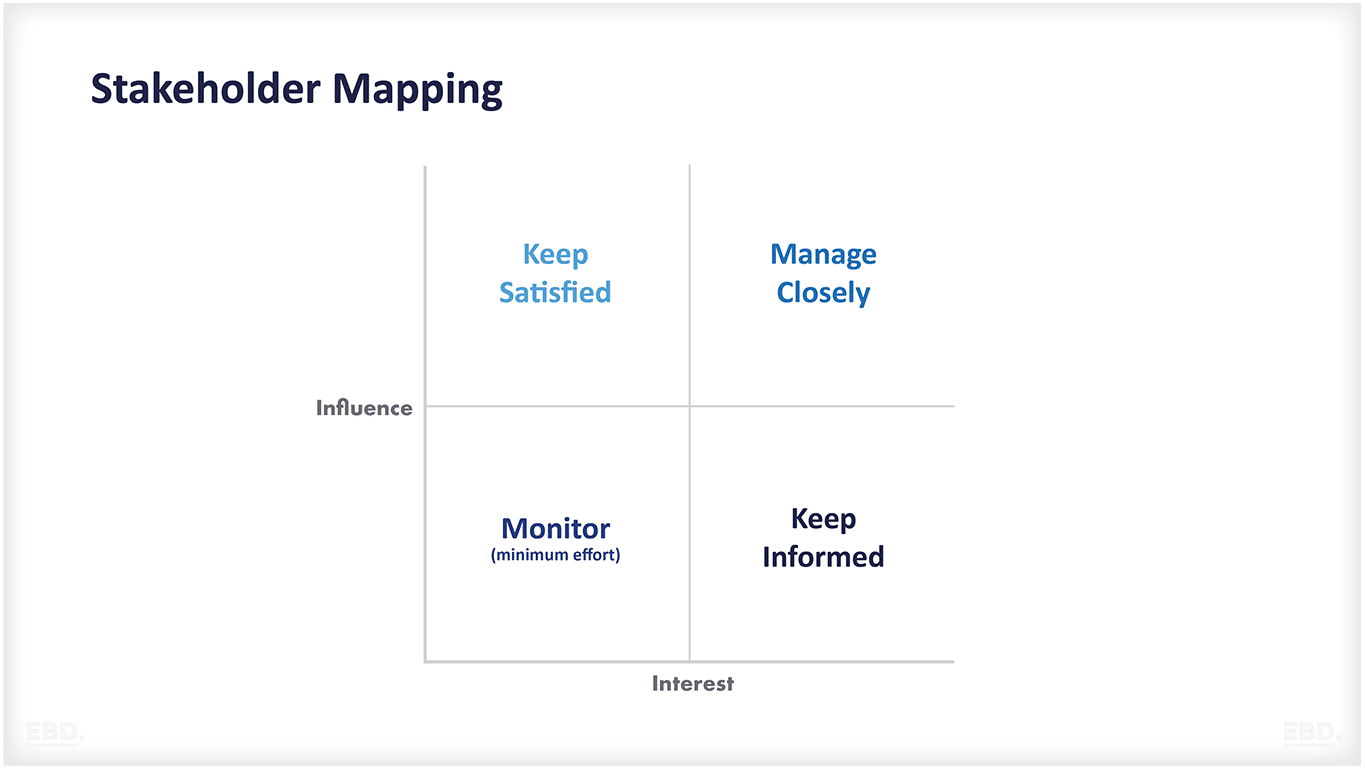
Step 3: Identify, for each stakeholder what they are likely to be most knowledgeable about, or interested in and why.
Step 4: Develop an engagement plan detailing the nature of their involvement in the decision ranging from full participation in the decision-making process to simply being kept informed.
Conclusion
Understanding the stakeholders in a health system is essential for ensuring effective stakeholder management and engagement. Stakeholders can provide valuable insight that can help to inform decisions, improve services and drive value. A comprehensive stakeholder mapping exercise can be used to identify areas for collaboration, analyse relationships between stakeholders, and develop an effective stakeholder engagement plan.
Useful References
The Health Foundation: Evidence Scan: Complex Adaptive Systems, August 2010.
Ratnapalan, Savithiri MBBS, MED, PhD; Lang, Daniel PhD. Health Care Organizations as Complex Adaptive Systems. The Health Care Manager 39(1):p 18-23, 1/3 2020. | DOI: 10.1097/HCM.0000000000000284
